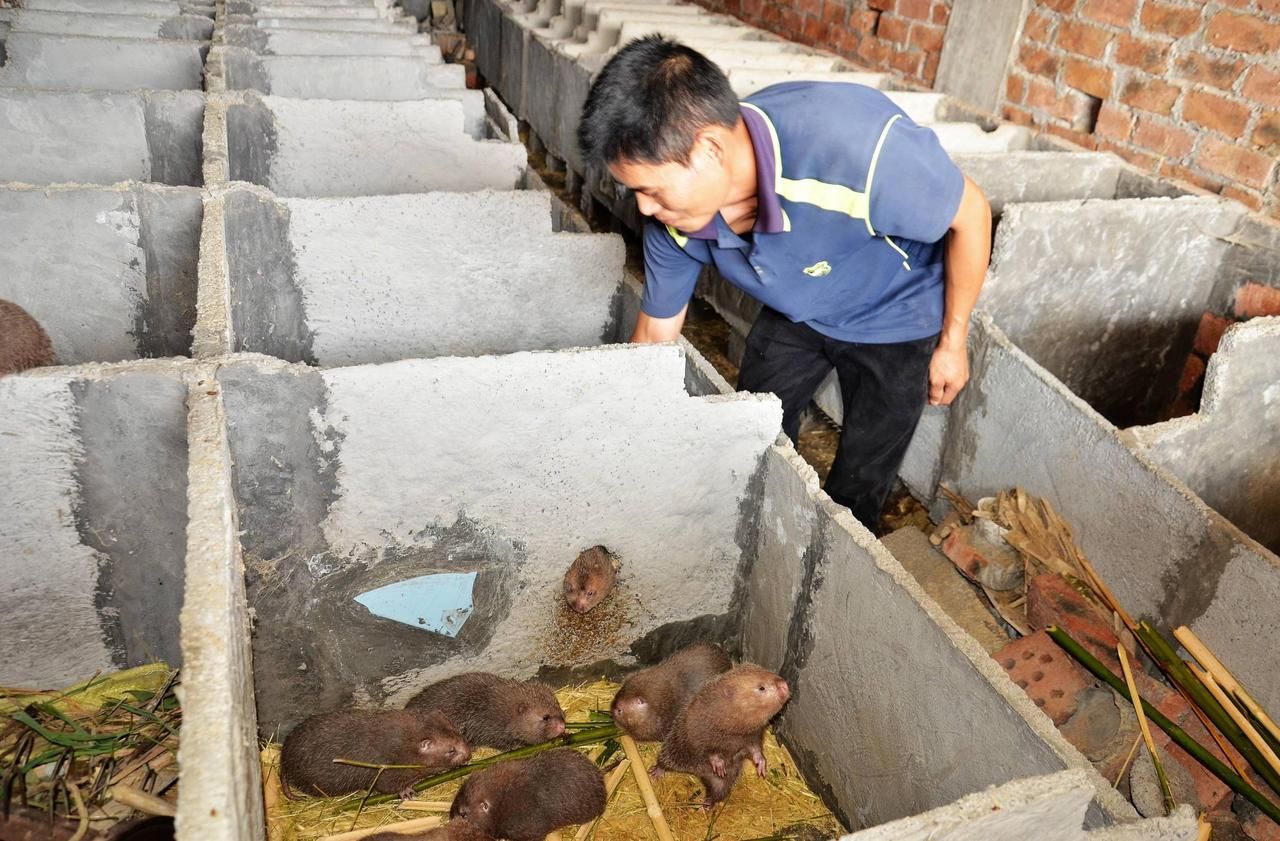What do Chapare hemorrhagic fever, which killed at least three Bolivians at the end of 2020, have in common with hepatitis E, which has just infected several residents of Hong Kong, and the Seoul virus, a hantavirus that is fatal to humans? They all originate from rats. Systematically associated with the diseases they transmit, they have just been the subject of an unprecedented international study which is chilling so much so scientists have discovered viruses still unknown in the genetic heritage of rodents.
For twelve years, from 2006 to 2018, researchers collected lung tissue samples from 3,284 rats, in Thailand, Laos and Cambodia. After sequencing the DNA of the viruses they carried in them, the scientists were amazed.
Discoveries that are cold in the back
“We have found viruses already known, in particular hantaviruses, mammarenaviruses or coronaviruses, and confirmed the role of reservoirs of certain species,” explains Serge Morand, health ecologist at CIRAD (Center for International Cooperation in Agronomic Research for Development ) and co-author of the study which has just been published in the journal “Microbiome”. But we have also discovered new viruses, potential sources of infectious diseases for humans. “
The researchers are all the more concerned as they see an increase in the breeding of wild animals in Southeast Asia. Some species of rice paddy rats are for example appreciated for their meat and additional sources of income for the inhabitants who capture them. However, these farms, note the experts, often “family-run and small, work in poor sanitary and ethical conditions and do not benefit from the necessary veterinary monitoring. As rodents find themselves stressed by the confinement, their immune response diminishes.
Once kept in cages, these ancient wild rats come into contact with other animals and the humans who handle them. This makes researchers fear “significant risks of overflowing pathogens and the emergence of infectious diseases”.
Precedents from which we have not learned the lessons
It is also no coincidence that WHO experts have just visited Wuhan, the first known focus of the SARS-CoV2 epidemic to try to determine the origin of Covid-19. Because it is at the heart of the Huanan market, which sells live animals such as porcupines, hedgehogs, civets but also bamboo rats, that the Chinese authorities detected the first human cases of coronavirus a year ago. .
“The breeding of wild animals appears much more dangerous than the consumption of meat from hunting”, emphasizes Serge Morand. Scientists recall that the emergence of SARS in China in 2002, whose infectious agent had passed from bats to humans via the civet, corresponded to a period of strong breeding of this animal. wild in several Chinese regions. “This precedent, which should have served as an example, did not prevent the recent growth of wild animal farms in Southeast Asia”, deplores the team of researchers.
–


